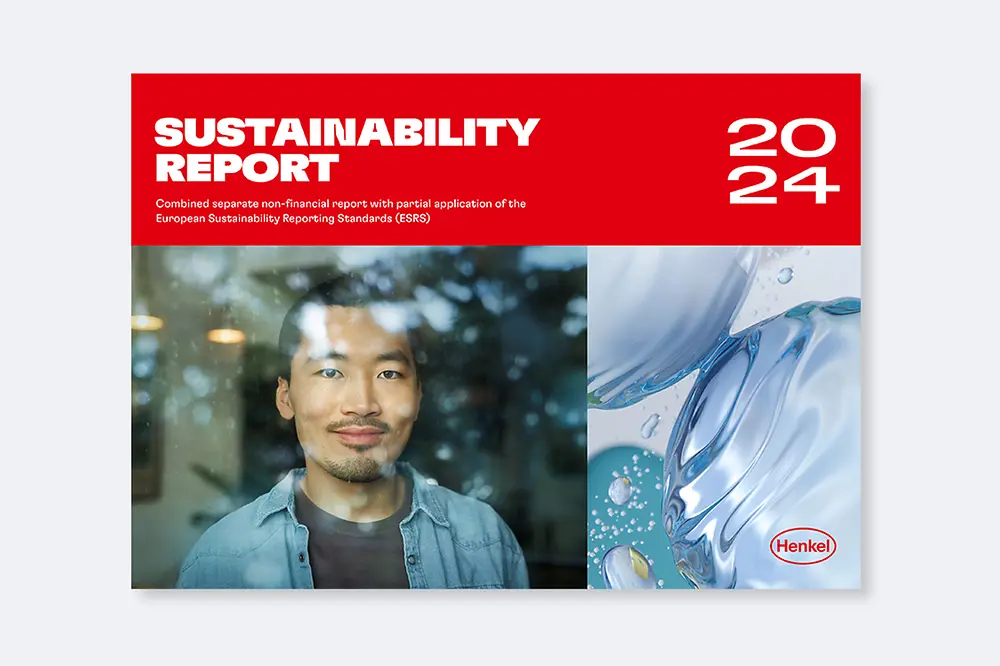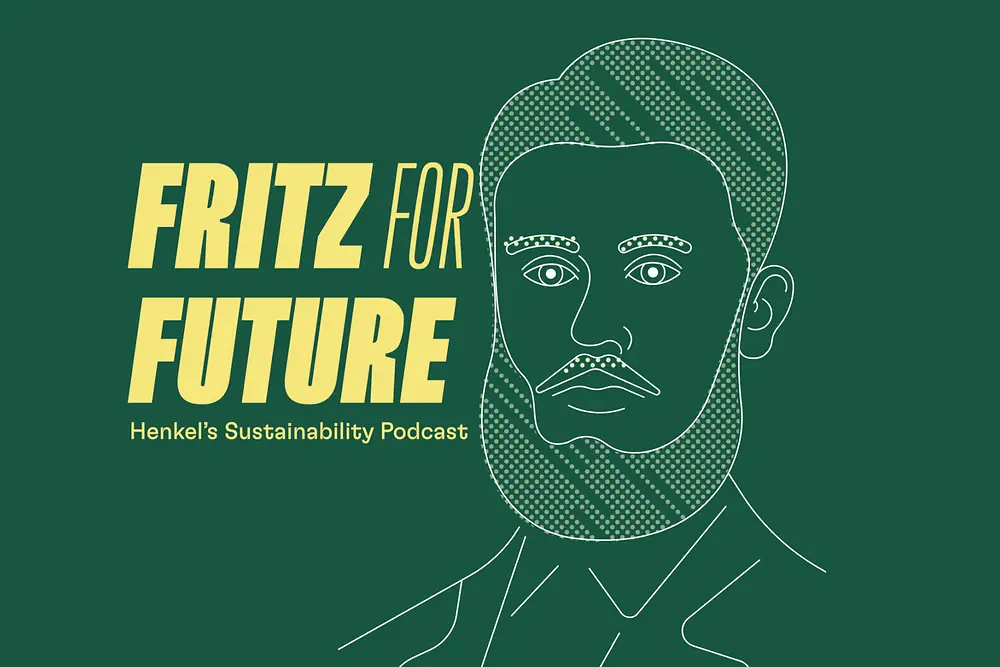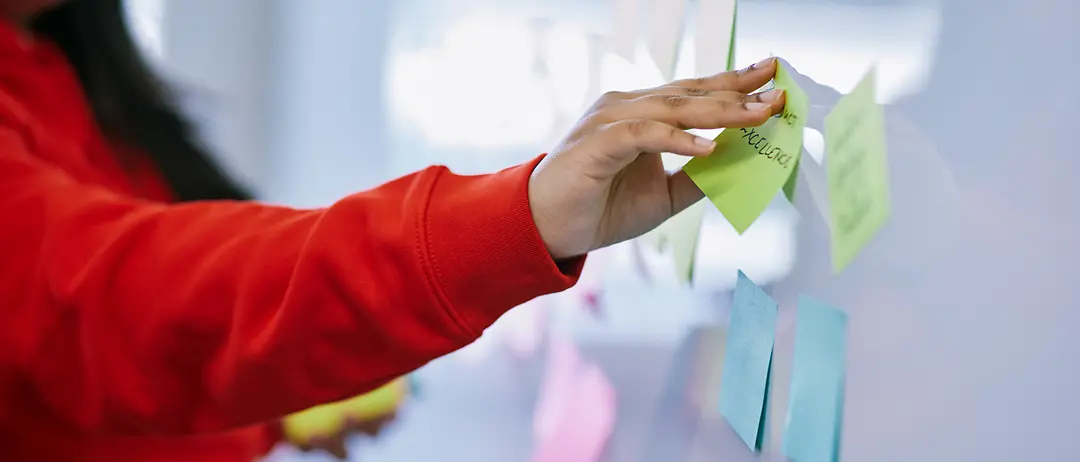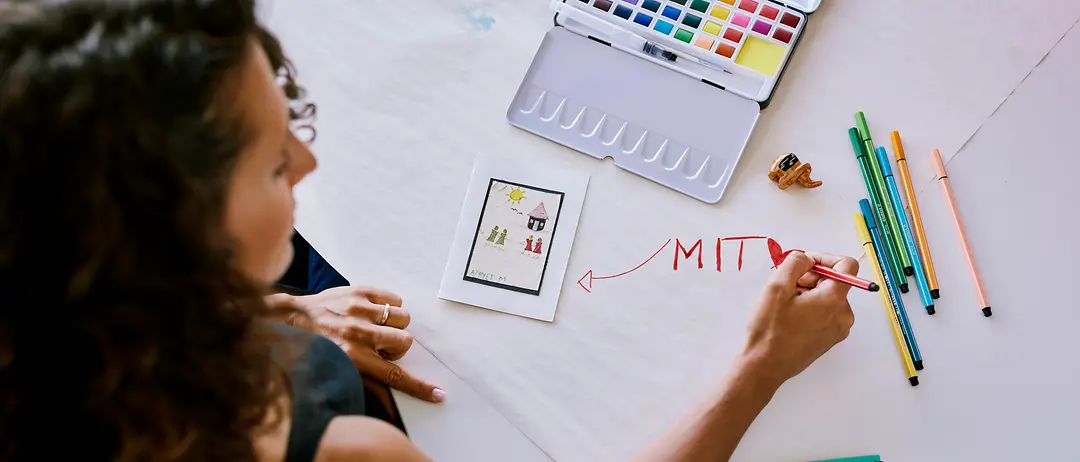But can innovative thinking be acquired? In the Henkel Sustainability Incubator Lab, which was set up in collaboration with The DO School, Henkel employees spend several months learning how to develop sustainable ideas and think entrepreneurially – not only for Henkel, but also for themselves. Among other things, innovation methods are used for this. We have summarized five of these methods from the Sustainability Incubator Lab here:
Time boxing is the art of completing tasks within set time frames. By setting yourself deadlines, you stay focused and avoid getting lost in the details. This method not only increases efficiency, but also promotes creativity as it encourages you to give your best in a short space of time. Whether in project management or for personal tasks – time boxing can be used anywhere to work more productively.
2. The ‘five-why-method’: Be curious
If you question a problem five times, you get closer to the actual core cause. This is because the supposed problems are often part of a longer chain of effects. This method opens up deeper insights and promotes a comprehensive understanding of the problem – and the problem’s problem. And the three that follow. It helps not only to treat symptoms, but also to find solutions for the actual causes, which is more effective in the long term. In addition, the ‘five-why-method’ supports systematic thinking. This is because instead of looking at individual aspects, you consider the entire system and understand the various factors that influence a problem. It also promotes a change in mindset and helps to create innovations that really make a difference.
An illustrative example from the DO School:
Why (1) are the streets in Mexico City crowded? - Because people need a car.
Why (2) do they need a car? – To commute to work.
Why (3) do they take their cars to work? – Because there is little public transportation.
Why (4) is there little public transportation? – Because the government has not put all bus routes back into operation after the coronavirus pandemic.
Why (5) Why weren't all bus routes put back into operation? – Because of a change of government.
3. Elevator pitching: focus on the core message
The ability to present an idea convincingly in just 30 seconds is crucial in many situations. Elevator pitching teaches you to communicate the essence of an idea clearly and concisely. This method helps to sharpen the focus – for yourself and the audience – and thus advance projects along the most important aspects. By practicing regularly and focusing on the core message, you can learn to convince others of an idea quickly and effectively – whether in meetings, networking events or chance encounters – as well as to break new issues down to their core message and grasp them more quickly.
4. Design thinking: understand first, then solve
Design thinking combines empathy and creativity to develop solutions that meet the needs of users. Practical and innovative ideas are created through steps such as understanding, observing and prototyping. This approach makes it possible to dive deep into the user's world and solve real problems. It involves interdisciplinary work, which incorporates different perspectives and leads to more comprehensive solutions. Design thinking promotes teamwork and helps to develop solutions that are both innovative and user-friendly.
5. Mind mapping: images and color on paper
In mind mapping, ideas and concepts are presented graphically in order to make their connections visible. By using colors, symbols and images, complex information becomes easier to understand and a visual overall picture is created. This method promotes creativity and helps to keep an overview of complex topics and also has a positive effect on our ability to think systematically. Mind mapping is particularly useful when planning projects, brainstorming new ideas or learning, as it increases memory and makes connections clearer.
By combining various of these techniques and using them flexibly, everyone can expand their own creative skills and train their innovative strength. The methods can simplify lifelong learning as they provide guidance and promote agility at the same time. They are easy to integrate into everyday life and offer moments for microlearning.













